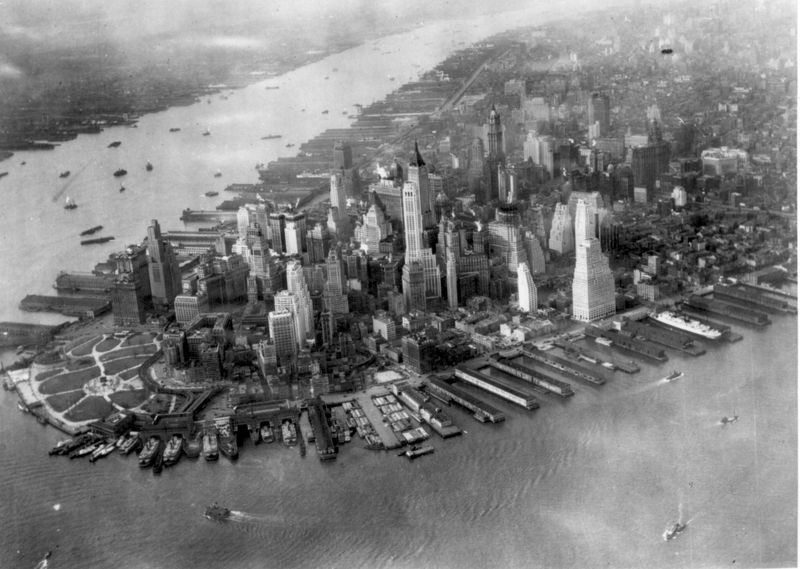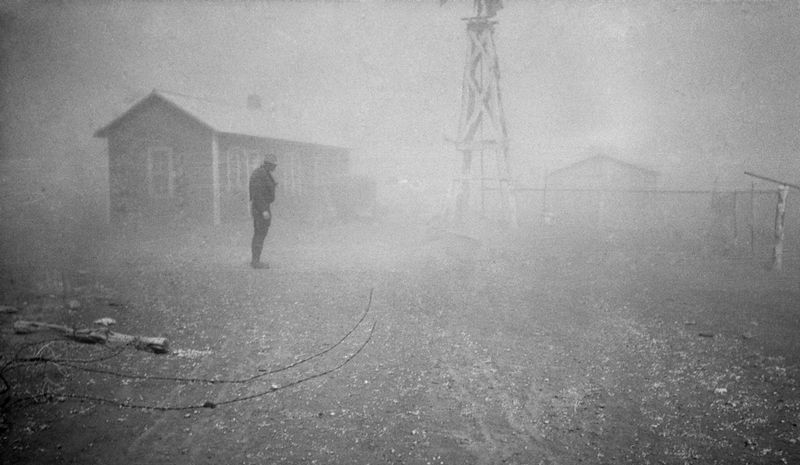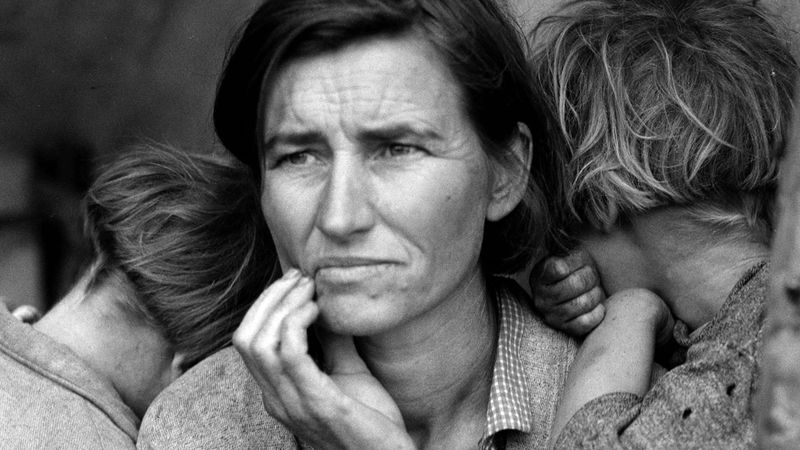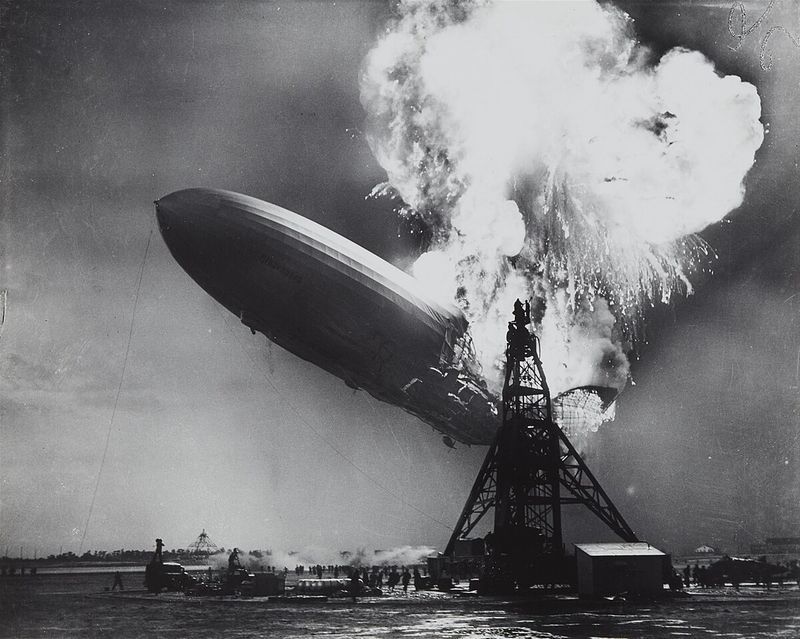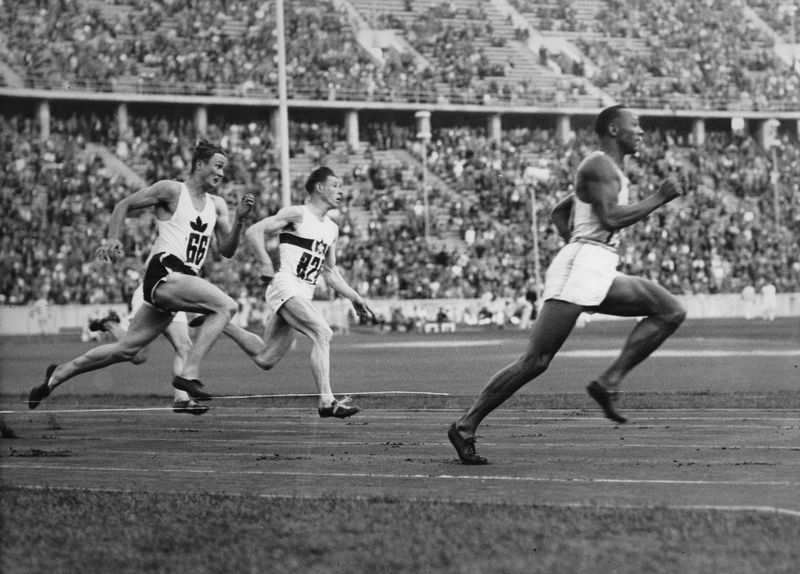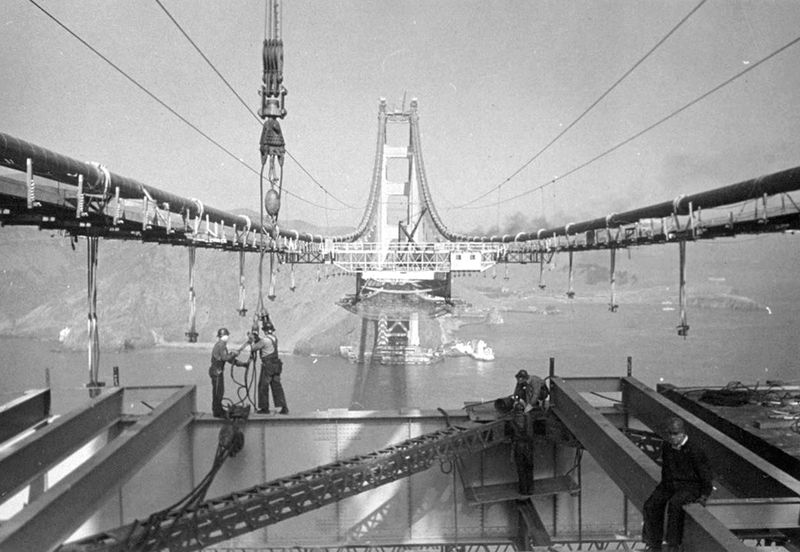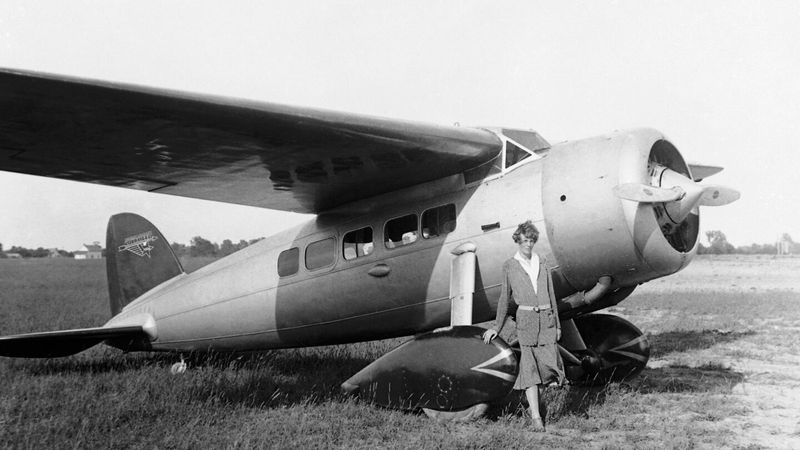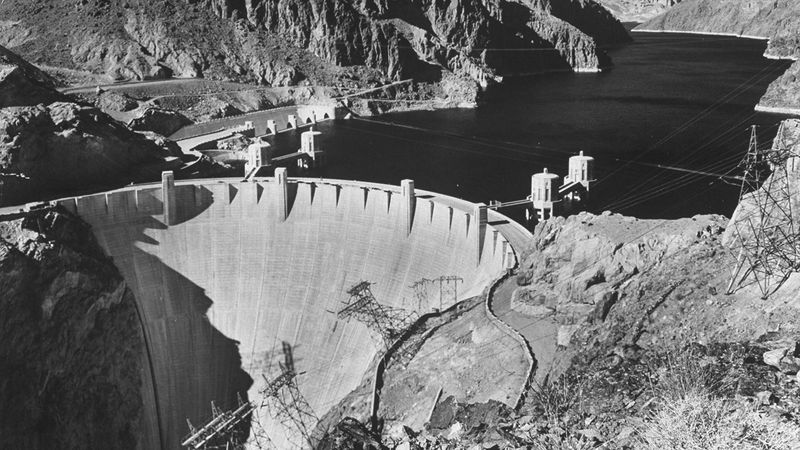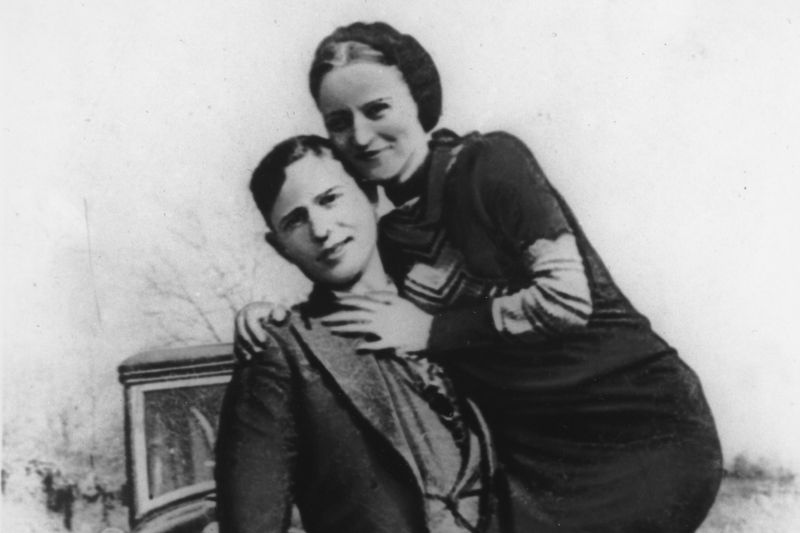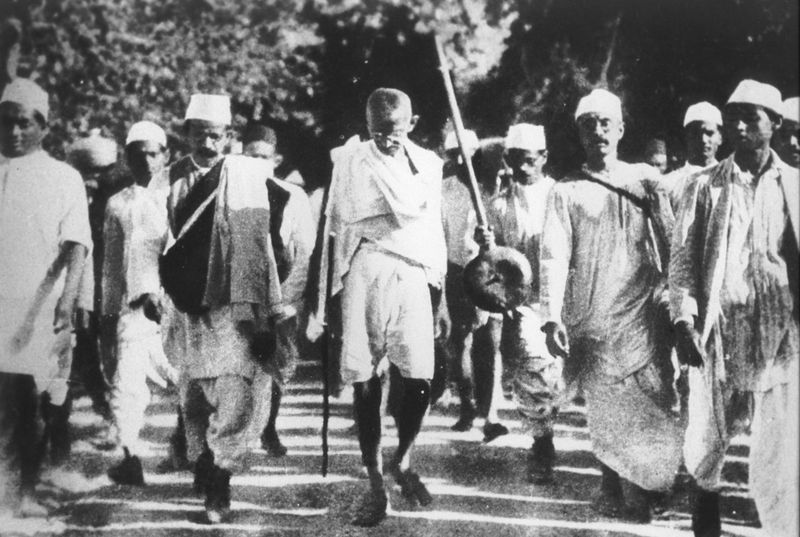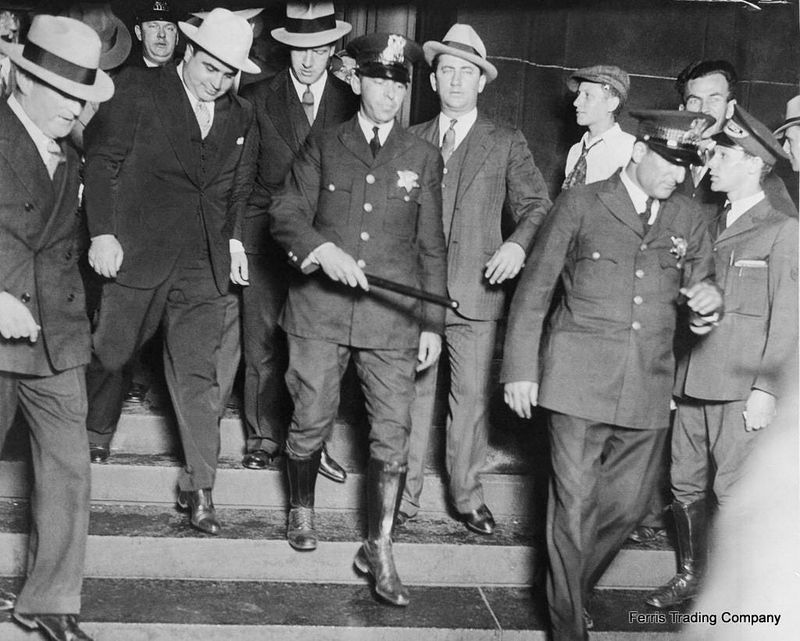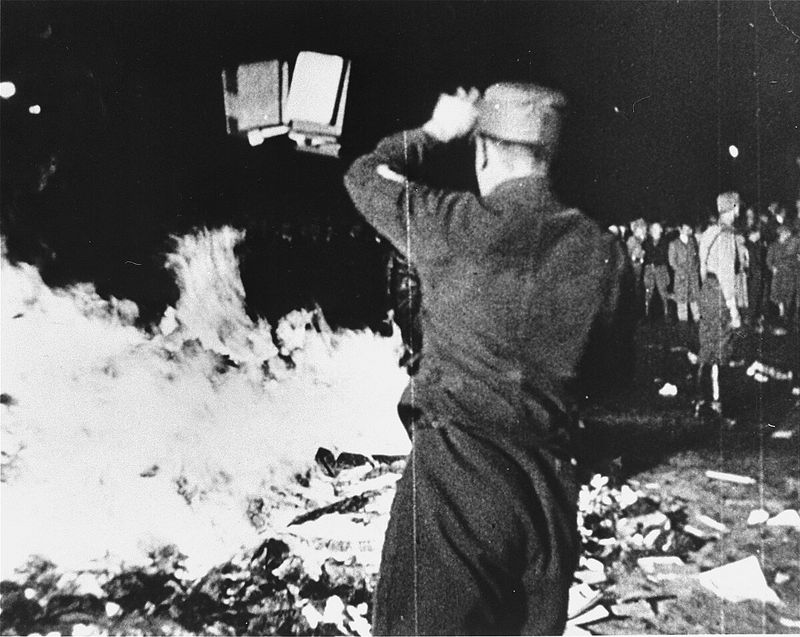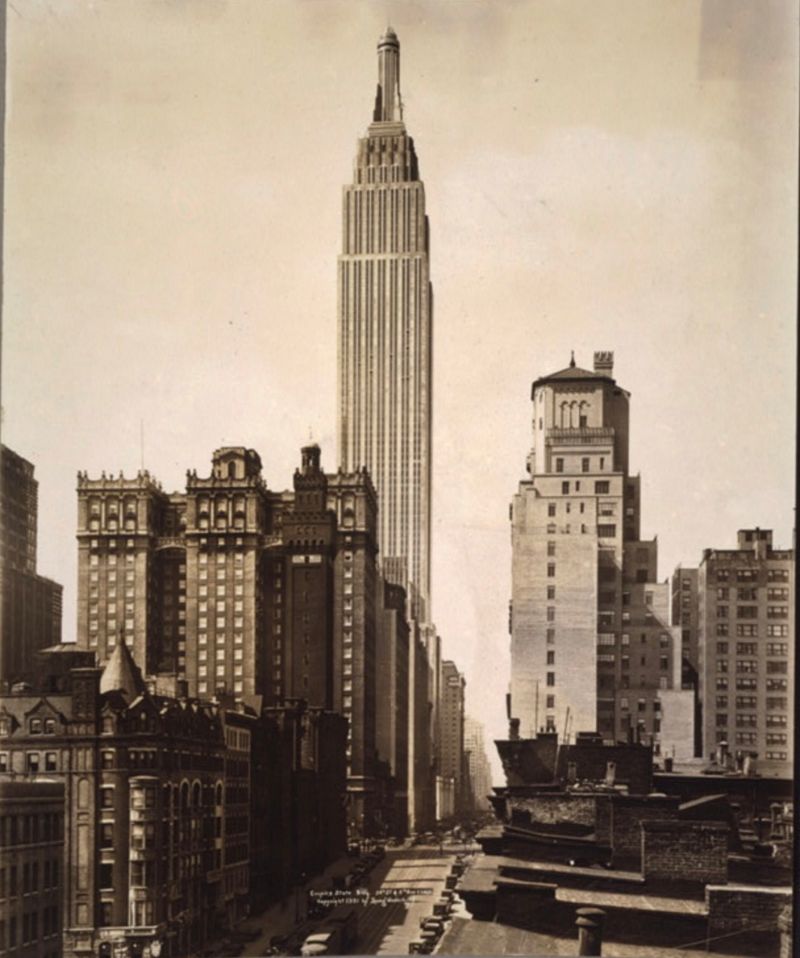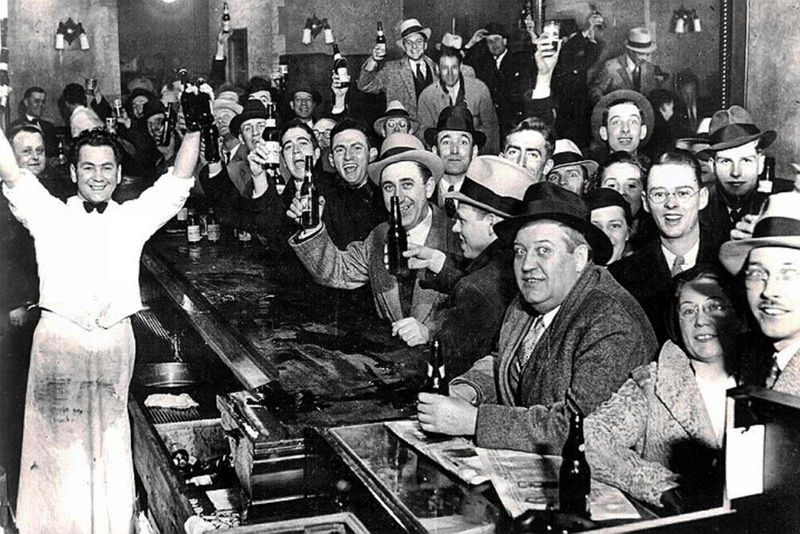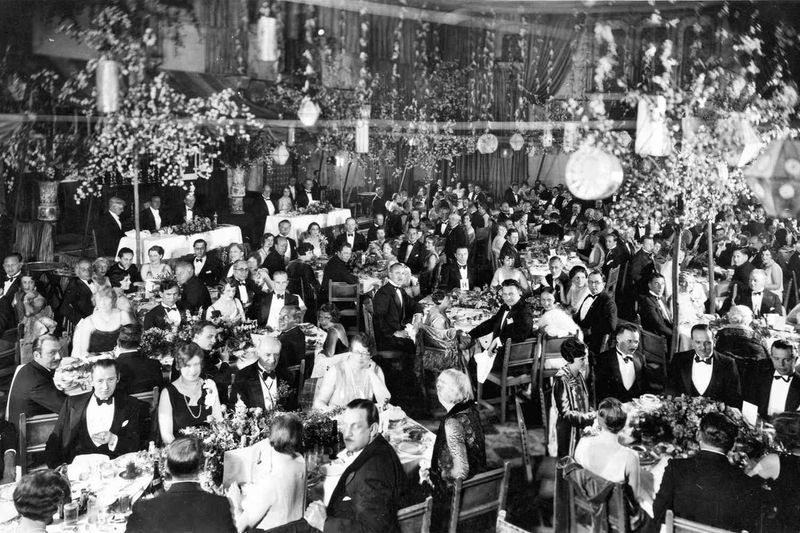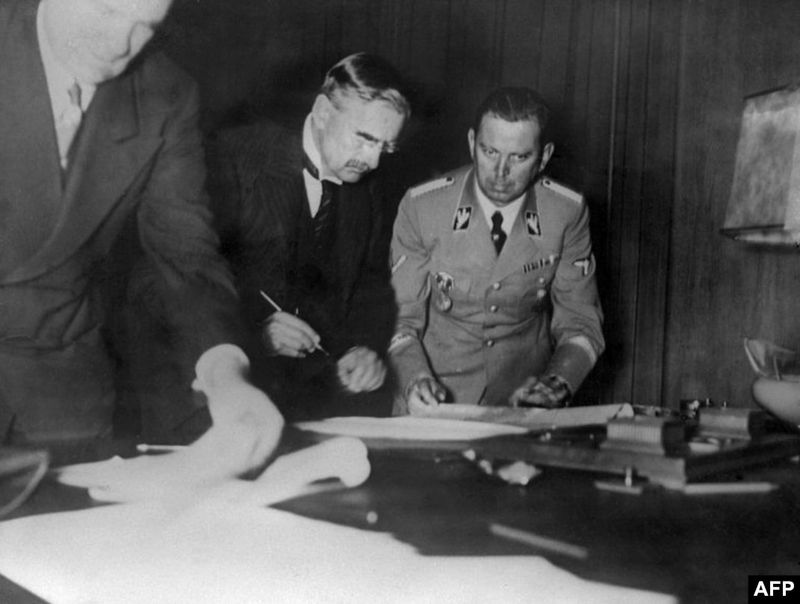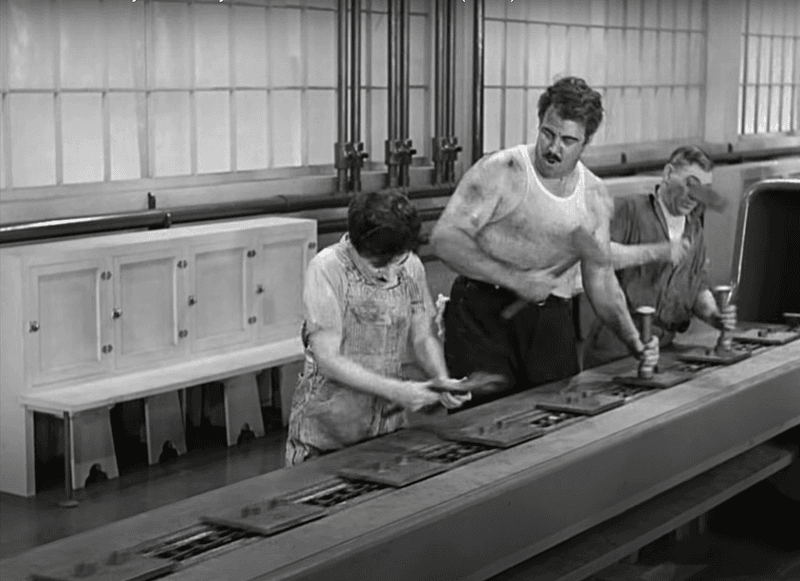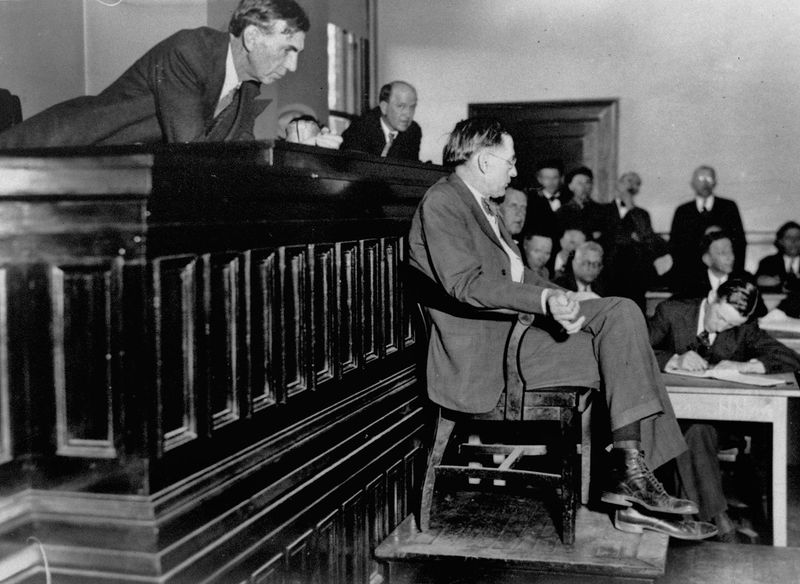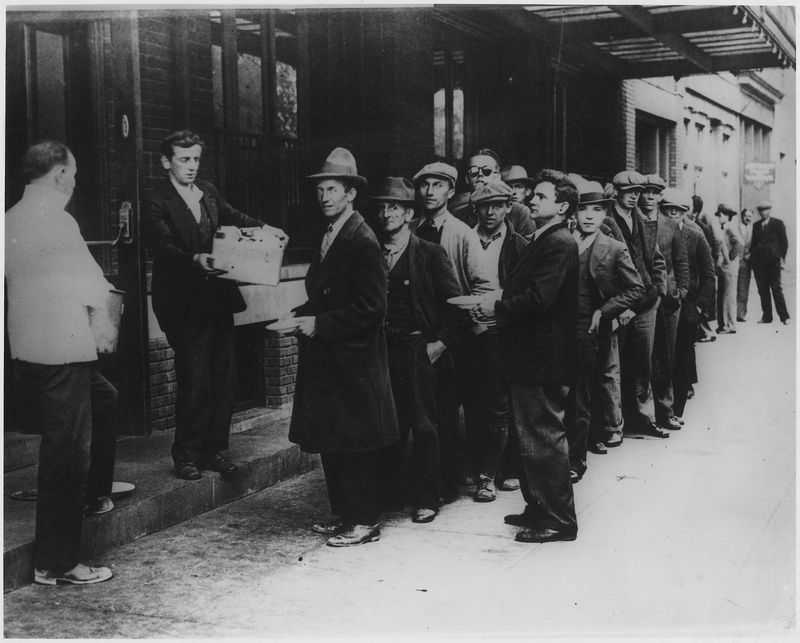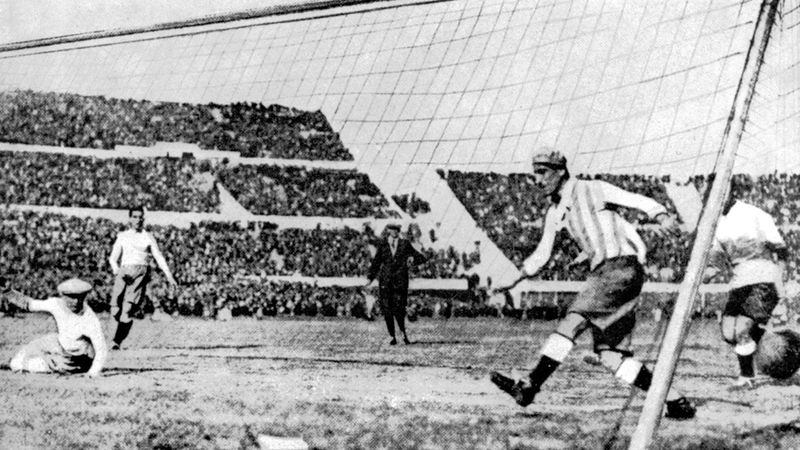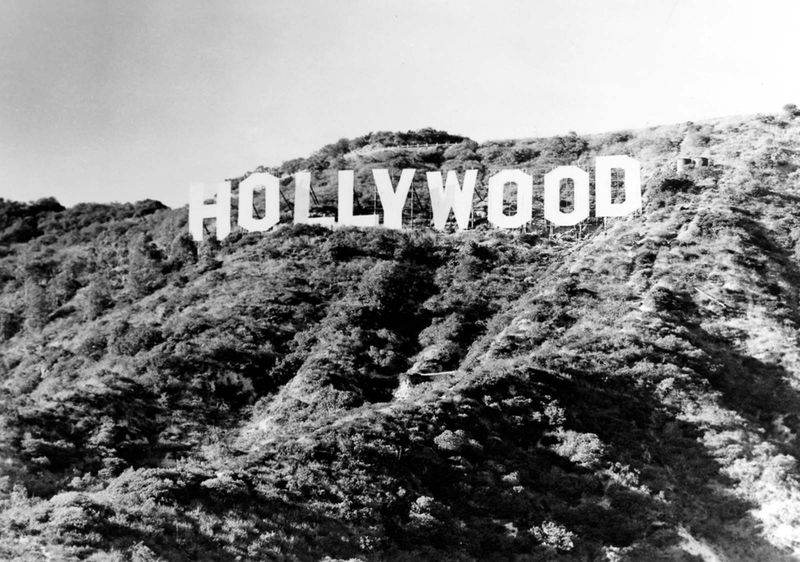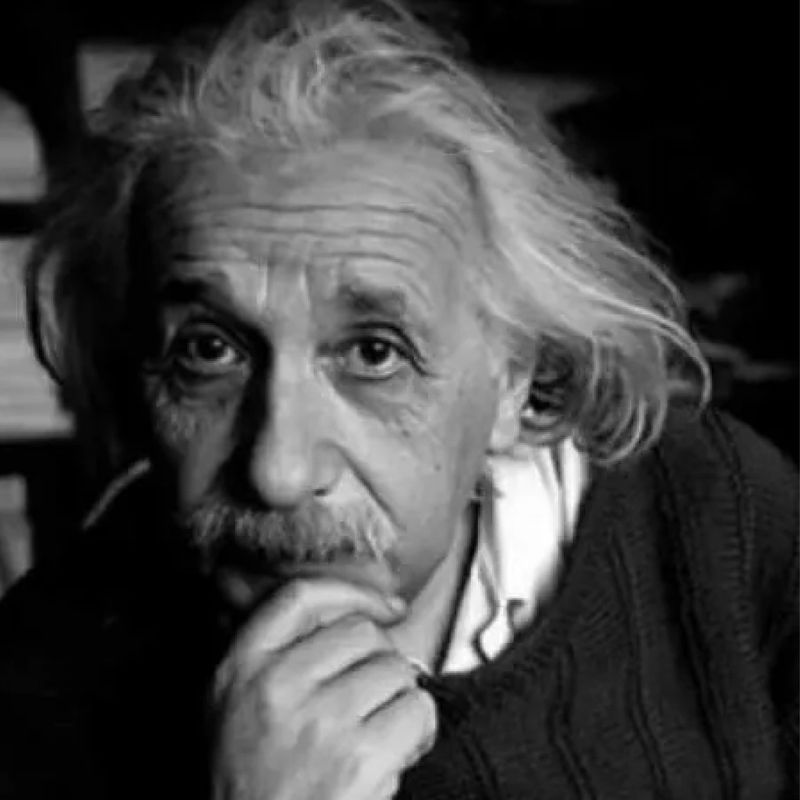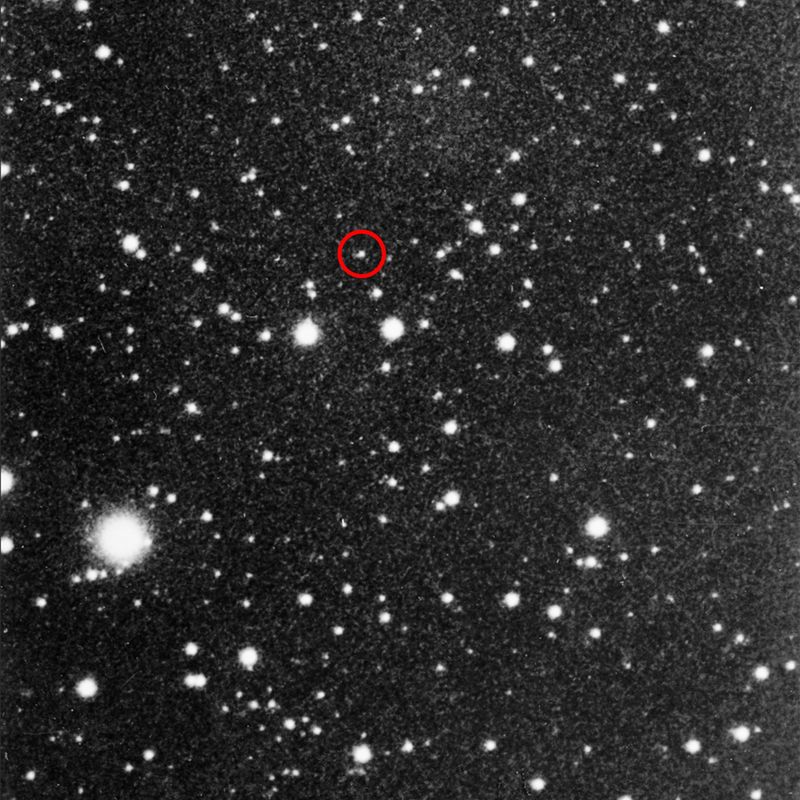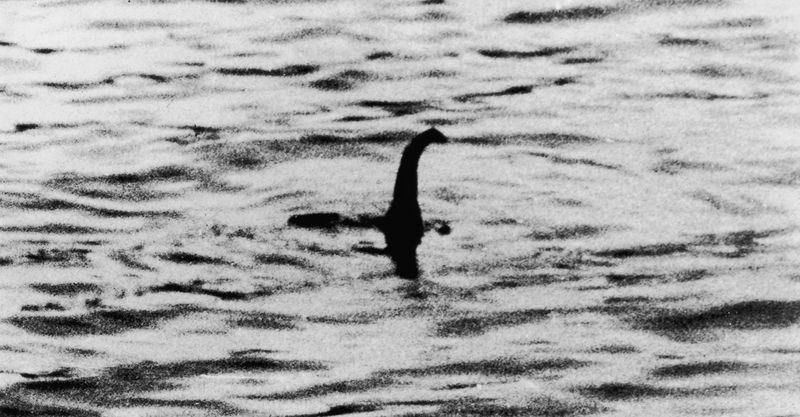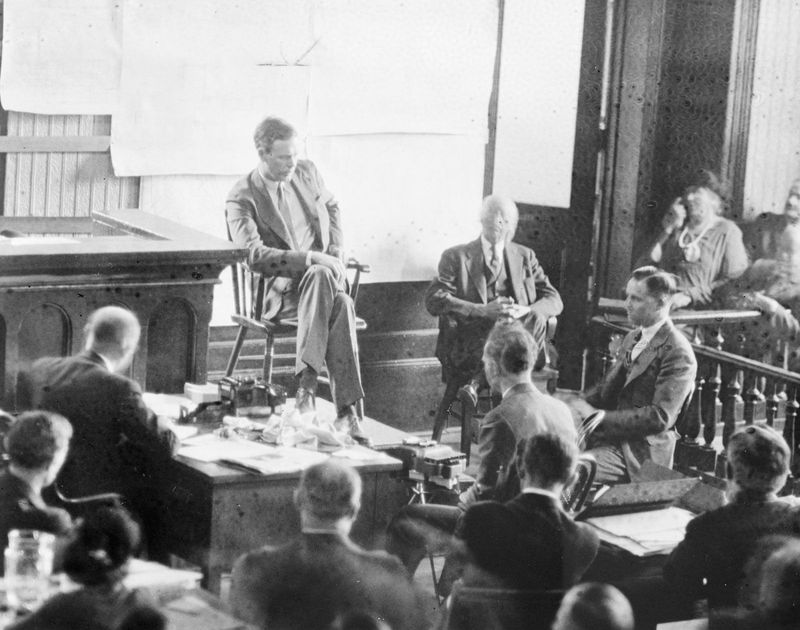25 Photos That Give Us a Look Back at the 1930s
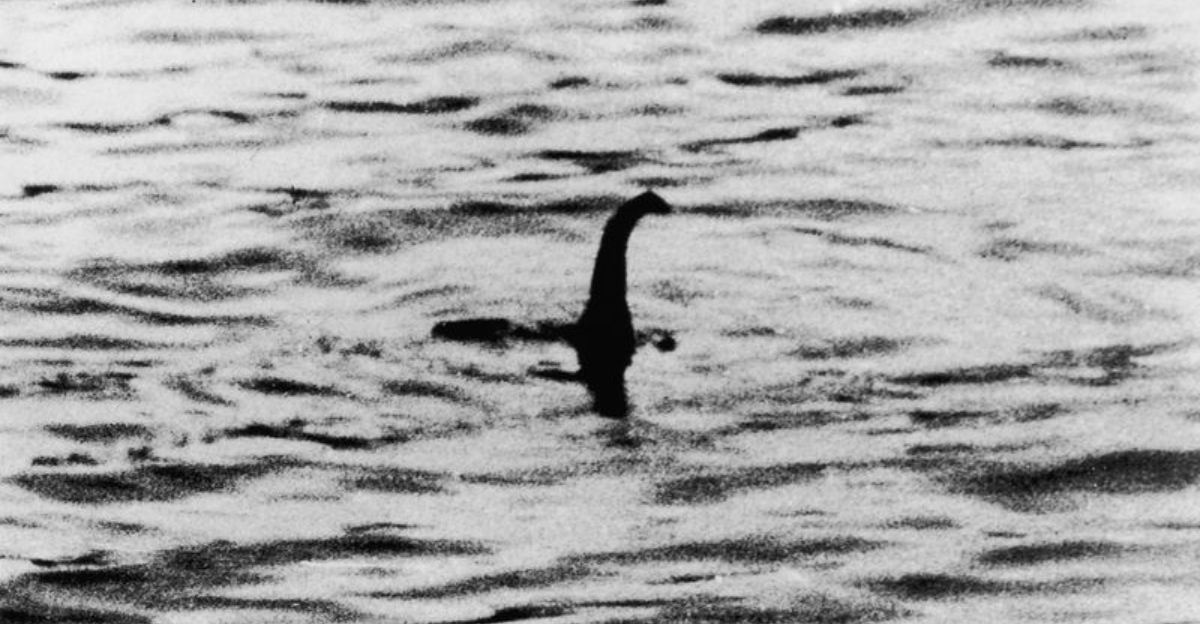
These turbulent years were marked by both hardship and triumph. From the shadows of the Great Depression to the bold strides of innovation, art, and activism, photography serves as a time capsule, preserving moments that defined an era.
These 30 compelling images provide a window into the spirit of the 1930s, capturing everything from groundbreaking achievements to everyday life. Each tells its own unique story—a snapshot of history frozen in time.
1. New York City Skyline, 1931
Against the backdrop of the Great Depression, New York City continued its relentless expansion skyward. This 1931 photograph showcases the towering Empire State Building under construction, a symbol of ambition amidst adversity.
The steel framework climbs higher, mirroring the indomitable spirit of the workers who built it. Below, the city’s bustling streets reveal a world moving forward despite economic struggles. The contrast between the growing skyline and the hardships of the time reflects the resilience of the 1930s.
2. Dust Bowl Farmers, 1935
Few images encapsulate the struggle of the Dust Bowl quite like this one. Taken in 1935, it captures farmers standing against an unforgiving dust storm, their weary faces and tattered clothes telling the story of relentless hardship.
These families faced crop failures, poverty, and mass migration, yet their resilience remained unshaken. This haunting image stands as a powerful reminder of both nature’s fury and human perseverance.
3. Migrant Mother, 1936
Dorothea Lange’s 1936 photograph of Florence Owens Thompson, known as ‘Migrant Mother’, remains one of the most famous images of the Great Depression.
Her deep-set eyes and worried expression tell a story of sacrifice and survival. The children, huddled beside her, reflect the weight of economic despair, yet within the image is also a fierce maternal strength. It became a symbol of endurance, representing millions who struggled through the decade.
4. Hindenburg Disaster, 1937
One of the most haunting photographs of the 1930s, this image captures the Hindenburg airship engulfed in flames in 1937.
The massive fireball, the twisted metal, and the chaos below signaled the tragic end of the airship era. It was a devastating moment for aviation history, underscoring the dangers of hydrogen-powered flight and changing the course of air travel forever.
5. Jesse Owens at the Berlin Olympics, 1936
Captured mid-stride, Jesse Owens became a legend at the 1936 Berlin Olympics, winning four gold medals and shattering Adolf Hitler’s vision of Aryan supremacy.
This image encapsulates not just athletic greatness but also defiance, as Owens’ victories stood as a powerful statement against racial discrimination. He became an international symbol of excellence, proving that skill and determination transcended politics and prejudice.
6. Golden Gate Bridge Construction, 1934
In 1934, construction was well underway on what would become one of America’s most iconic landmarks—the Golden Gate Bridge.
Workers, suspended high above the water, assembled one of the longest suspension bridges ever built at the time. The photograph highlights not just the daring engineering feat but also the immense courage of the individuals who helped shape modern infrastructure.
7. Amelia Earhart, 1932
Poised beside her aircraft, Amelia Earhart’s confident stance in this 1932 photograph tells the story of a pioneering aviator defying expectations.
That year, she became the first woman to fly solo across the Atlantic, a feat that shattered barriers and inspired generations. Her flight represented boldness, ambition, and breaking societal norms, making her a legend in aviation history.
8. Hoover Dam, 1935
Towering over the Colorado River, the Hoover Dam, completed in 1935, symbolized human ingenuity and perseverance during the Great Depression.
This image captures the sheer scale of the structure, with workers dwarfed by the colossal concrete walls. The dam not only provided jobs during economic hardship but also transformed energy and water distribution, shaping the future of the American West.
9. Bonnie and Clyde, 1934
This 1934 photograph of Bonnie Parker and Clyde Barrow, leaning casually against their car, exudes an air of defiance and infamy.
The duo’s crime spree across America fascinated the public, casting them as both villains and folk heroes during an era of hardship. Their bold, rebellious image remains etched in history, capturing the era’s fascination with crime and survival against the odds.
10. Gandhi on Salt March, 1930
Walking barefoot along the dusty road, Mahatma Gandhi led the 1930 Salt March, a pivotal moment in India’s fight for independence.
This powerful photograph shows Gandhi at the helm of a peaceful protest, defying British-imposed salt laws. The march sparked global attention, demonstrating the impact of nonviolent resistance and forever shaping the path of civil rights movements worldwide.
11. Al Capone’s Arrest, 1931
Captured in 1931, this striking photograph of Al Capone being led away by authorities marks the downfall of one of America’s most infamous gangsters.
Dressed in his signature suit and exuding unapologetic confidence, Capone’s arrest symbolized the government’s determined efforts to crack down on organized crime during the Prohibition era.
Surrounded by flashing cameras and eager reporters, this image serves as a historic turning point, highlighting the growing power of law enforcement against the era’s most notorious criminals.
12. Nazi Book Burning, 1933
The chilling image of books being tossed into flames in 1933 stands as a haunting symbol of oppression.
Organized by the Nazi regime, these mass burnings sought to eradicate dissenting voices and control intellectual thought, targeting works by Jewish, communist, and liberal authors. The burning pages, consumed by fire, represent a tragic loss of culture, knowledge, and freedom.
Today, this photograph serves as a stark reminder of the dangers of censorship and totalitarian control.
13. The Empire State Building, 1931
In the midst of the Great Depression, the completion of the Empire State Building in 1931 stood as a beacon of hope and a testament to human ambition.
This photograph captures the awe-inspiring Art Deco skyscraper, soaring above New York City, a symbol of progress despite economic hardship. The construction workers, balancing high above the skyline, embody the fearless determination that defined the era’s workforce, proving that even in times of struggle, great things could be achieved.
14. Prohibition Ends, 1933
Laughter, cheers, and the clinking of glasses fill this jubilant 1933 photograph, capturing the moment Americans celebrated the repeal of Prohibition.
After 13 years of restrictions on alcohol, the return of legal drinks brought a sense of relief and excitement. Bars overflowed with joyous crowds, toasting to the end of an era of bootlegging, speakeasies, and illicit deals.
This image serves as a vivid snapshot of a nation reclaiming its right to socialize and enjoy the simple pleasure of a drink.
15. First Academy Awards Broadcast, 1930
Draped in glitz and glamour, this 1930 photograph captures the magic of the first-ever Academy Awards broadcast, ushering in a new era for Hollywood and entertainment.
Stars of the Golden Age of Cinema gathered in their finest attire, basking in the spotlight as film history unfolded. This moment marked the dawn of global recognition for the art of filmmaking, solidifying Hollywood’s place as the epicenter of cinematic excellence.
16. Munich Agreement, 1938
Captured inside an opulent conference hall, this 1938 photograph shows world leaders signing the Munich Agreement, a deal aimed at avoiding war with Hitler’s Germany.
Tense expressions and solemn postures reveal the weight of the decision—an effort to maintain peace at the cost of conceding Czechoslovakia’s land to Nazi control. Hailed as a diplomatic victory at the time, history would later see this as a misguided policy of appeasement, a choice that failed to prevent World War II.
17. Charlie Chaplin in ‘Modern Times’, 1936
With a wrench in hand and his signature Tramp persona at work, Charlie Chaplin’s 1936 film Modern Times captured the growing anxieties of industrialization.
This unforgettable photograph shows Chaplin tangled in giant factory gears, a moment of both hilarity and critique. His film highlighted the dehumanization of workers, reflecting concerns that machines were replacing human connection and individuality.
Chaplin’s satire remains a timeless commentary on the pursuit of progress at the expense of human well-being.
18. Scottsboro Boys Trial, 1931
Inside a packed Alabama courtroom, this 1931 photograph captures the faces of the Scottsboro Boys, a group of young Black men falsely accused of a crime they did not commit.
The trial, marked by racial prejudice and a flawed legal system, sparked nationwide outrage, becoming a pivotal case in the fight for civil rights.
Their solemn expressions reflect the gravity of injustice, yet their case led to landmark legal changes, forcing America to confront the deep-seated inequalities embedded in its justice system.
19. Great Depression Breadline, 1932
A long, silent row of men in worn coats and hats, waiting for food in 1932, captures the heartbreaking reality of the Great Depression.
This photograph, showing individuals standing in a breadline, epitomizes the widespread suffering of the time. For many, a simple meal meant waiting for hours in the cold, relying on charities and soup kitchens to survive.
The image stands as a stark testament to economic hardship, but also a reminder of resilience—a people determined to endure even in the face of overwhelming struggle.
20. The First FIFA World Cup, 1930
Captured in 1930, this historic photograph showcases the electrifying atmosphere of the very first FIFA World Cup, held in Uruguay.
Players and fans from around the world gathered to celebrate the spirit of competition, bringing nations together through the love of football.
The packed stadium, the energy of the cheering crowd, and the determination of the athletes made this tournament a turning point for global sports, setting the stage for the World Cup to become the most-watched event on the planet.
21. The Hollywood Sign, 1939
Once reading “Hollywoodland”, this legendary sign perched above Los Angeles was originally an advertisement for a real estate development.
By 1939, as captured in this striking photograph, the sign had already become a symbol of the booming film industry. The glitz and glamour of Hollywood’s Golden Age cemented its status as a beacon of dreams, ambition, and cinematic excellence.
Over time, the letters “land” were removed, transforming it into the world-famous Hollywood sign we recognize today.
22. Einstein at the World’s Fair, 1939
This 1939 photograph captures Albert Einstein, the brilliant physicist, standing amidst the New York World’s Fair, a global showcase of scientific discovery and innovation.
With deep contemplation in his eyes, Einstein embodies the intellectual curiosity that defined the era. The fair, themed “The World of Tomorrow”, provided a stage for groundbreaking ideas, emphasizing the rapid advancements in technology, space exploration, and physics.
His presence underscored the profound role of science in shaping the future.
23. First Image of Pluto, 1930
In 1930, young astronomer Clyde Tombaugh captured an image that would change our understanding of the solar system forever—the first recorded sighting of Pluto.
This historic photograph shows Tombaugh standing beside his telescope, his discovery marking a new frontier in space exploration. At the time, Pluto was hailed as the ninth planet, fueling decades of scientific curiosity and debate.
Though reclassified as a dwarf planet in 2006, Pluto remains a symbol of human curiosity and our relentless pursuit of the unknown.
24. The Loch Ness Monster Photo, 1934
A shadowy figure gliding through the misty waters of Loch Ness—this 1934 photograph, known as the “Surgeon’s Photograph”, ignited global fascination and speculation about the existence of the Loch Ness Monster.
The grainy image, widely believed to be proof of a prehistoric creature, captivated imaginations and sparked decades of mystery, conspiracy theories, and expeditions.
While later revealed to be a hoax, this famous photo endures as one of the most iconic cryptid images of all time, keeping the legend of Nessie alive.
25. Lindbergh Kidnapping Trial, 1935
This tense courtroom photograph from 1935 captures one of the most infamous trials of the decade—the Lindbergh kidnapping case.
Nicknamed the “Trial of the Century”, it followed the tragic abduction of aviator Charles Lindbergh’s infant son, a crime that shocked the nation. The packed courtroom, filled with spectators, reporters, and legal teams, reflected the intense media frenzy surrounding the case.
The trial ultimately led to Bruno Hauptmann’s conviction, but lingering controversies continue to fuel debates about the case’s true events to this day.

